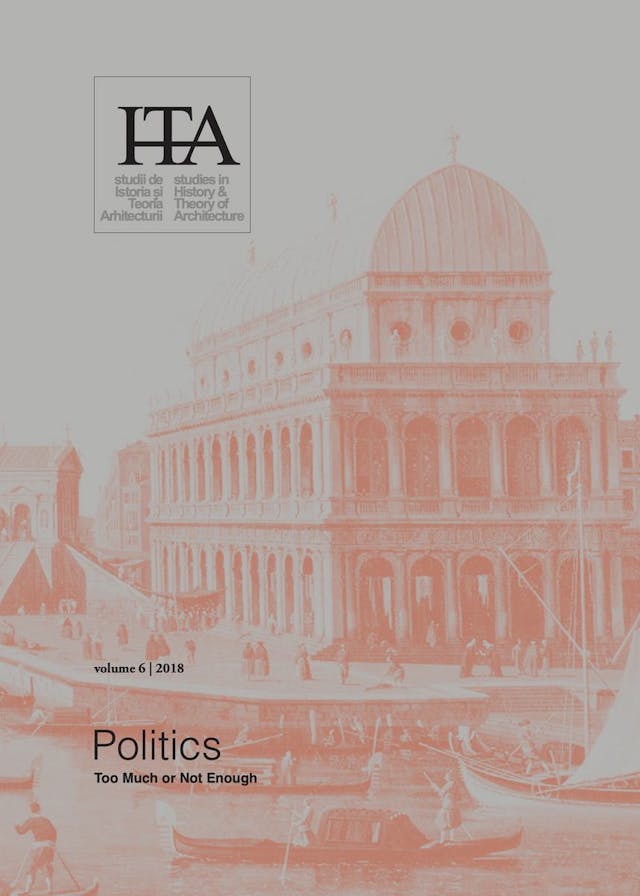Politics of Self-reference. Self-sufficient Discourses in 1980s Architecture
by
Alexandru Sabău
Keywords
escapism
dissidence
self-reference
paper architecture
discourse
This article is an investigation of some specific architectural discourses practiced during the 1980s. It follows three architectural manifestations that resort to introspection and self-reference, through architecture’s own historical events, styles and language but also in relation to contiguous disciplines like visual arts, literature or philosophy.
The following cases are compared: [1] the historicist nostalgia and escapism manifested by the Russian school of the 1980s through the Paper Architecture phenomenon, with Alexander Brodsky and Ilya Utkin and the engravings they created together for international competitions; [2] the seemingly gratuitous philosophical discourse through the deconstructivist perspective of the Austrian architect Günther Domenig and his manifest house, Steinhaus, and [3] the postmodernist mythopoesis of the American architect Douglas Darden, through his allegorical work Condemned Building: An Architect's Pre-text: Plans, Sections, Elevations, Details, Models, Ideograms, Scriptexts, and Letters for Ten - Allegorical Works of Architecture.
Displaying and comparing these three case studies through the concept of self-referential discourse - dislocated and self-sufficient, this article seeks to reveal and understand the nature of these specific discourses by questioning whether they are in any form political or politically driven and whether there is a common critical narrative to be identified. The ultimate purpose of this incursion is to provide a reflection on the political dimension of architecture, its rhetoric and discourse, understood as a set of values meant to govern an architectural creation and, ultimately, influence the built environment of our polis.
Published in

Chicago citation style
DOI:
10.54508/sITA.6.13